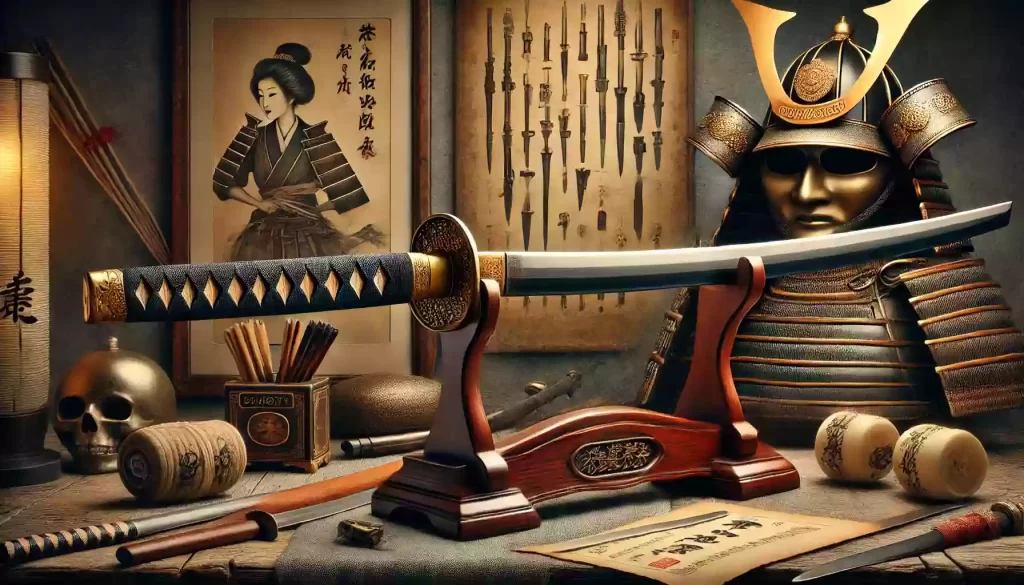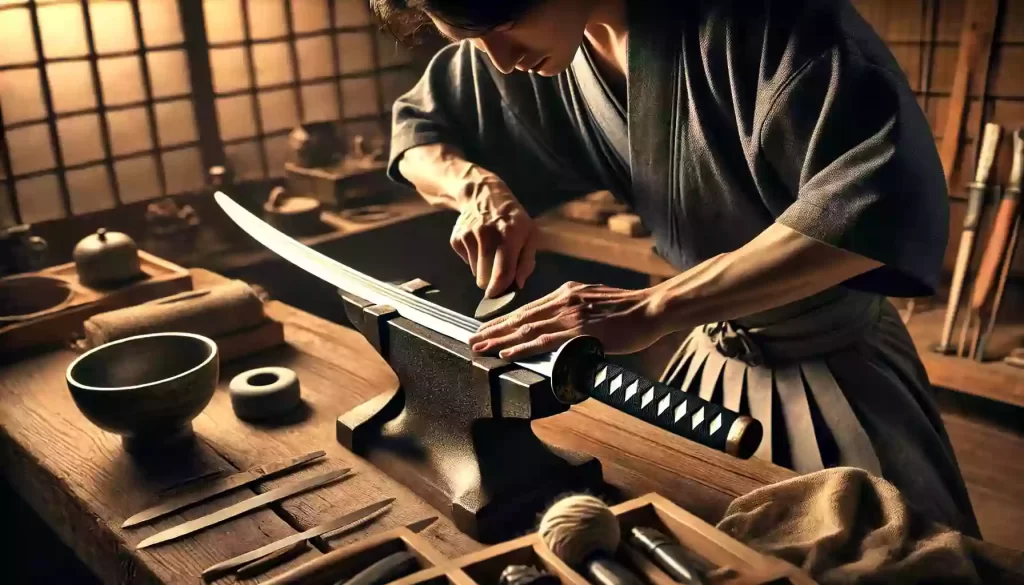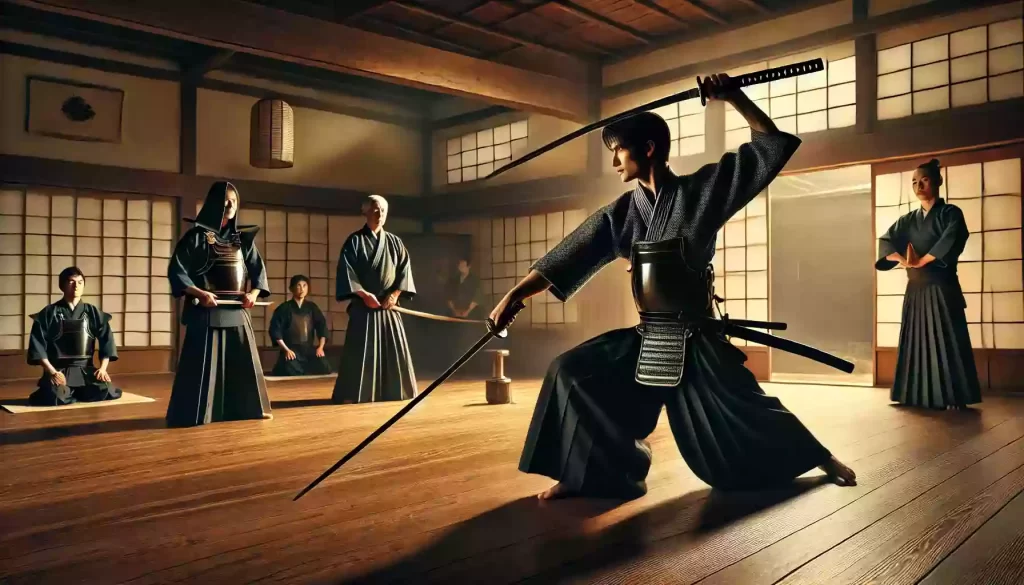In the annals of weapon history, the katana stands as one of the most iconic swords. Representing the samurai culture of Japan, the katana symbolizes the honor and courage of warriors, as well as the pinnacle of Japanese craftsmanship and aesthetics. Over time, vintage katanas have become highly sought after by collectors and history enthusiasts. This article will delve into the history, craftsmanship, and modern-day value and influence of vintage katanas.

Ⅰ.History of the Vintage Katana
1.Origins of the katana:
The history of the katana dates back to Japan’s Heian period (794-1185). During this era, the design and manufacturing techniques of swords began to evolve. The earliest katanas, known as “tachi,” featured a pronounced curve and were primarily used by cavalry. As time progressed, the shape and function of the katana evolved, eventually leading to the katana we recognize today.
2.The golden age of the katana:
The craftsmanship of katanas reached its peak during the Kamakura (1185-1333) and Muromachi (1336-1573) periods. During this time, renowned swordsmiths like Masamune and Yoshimitsu created legendary swords. By continuously refining forging and quenching techniques, these artisans achieved unprecedented sharpness and durability in their blades. The Sengoku period (1467-1615) marked the golden age of the katana, where the quality of sword craftsmanship was at its zenith, and many katanas were both weapons of war and works of art.
3.Transition to the modern era:
The Edo period (1603-1868) was a relatively peaceful era in Japan, during which the role of the katana shifted from practical combat use to a symbol of status and identity. Many katanas from this period emphasized decoration and craftsmanship, becoming symbols of wealth and prestige among the elite. After the Meiji Restoration (1868), Japan’s modernization process accelerated, and katanas gradually disappeared from the battlefield. However, as cultural heritage and works of art, their value remained undiminished.
Ⅱ.Craftsmanship of the Vintage Katana
1.Forging and quenching:
The crafting process of a vintage katana is extremely complex, involving multiple steps. First, the swordsmith alternately forges high-carbon steel and low-carbon steel to create a blade that combines hardness and toughness. Through precise quenching techniques, the blade surface forms a hard martensite structure, while the interior remains flexible. This unique structure ensures that the katana is both sharp and resistant to breaking.
2.Polishing and sharpening:
After forging, the swordsmith polishes and sharpens the blade to enhance its sharpness and appearance. This process requires exceptional skill and patience, often taking weeks or even months. Polishing not only serves a practical purpose but also reveals the blade’s distinctive hamon (tempered line), adding to the katana’s artistic value.

3.Mounting and decoration:
Finally, the katana is fitted with an exquisite koshirae (mounting), including the handle, scabbard, and guard. These components are often made from precious materials like ray skin, gold, silver, and ebony, and are intricately carved and inlaid. The koshirae not only enhances the katana’s aesthetics but also increases its value as a collectible.
Ⅲ.Modern Value and Influence of the Vintage Katana
1.Collecting and investing:
In modern society, vintage katanas are highly valued as collectibles and investment pieces. Due to their rarity and historical significance, many vintage katanas fetch high prices at auctions. Some rare blades, such as those crafted by Masamune, are considered priceless. Collecting vintage katanas is not only a hobby but also a way to preserve cultural heritage.
2.Cultural and artistic symbolism:
The vintage katana is not just a weapon but a symbol of Japanese culture and art. In many films, TV shows, and anime, the katana often appears as a key element, symbolizing the spirit and aesthetics of the samurai. Modern swordsmiths and artists draw inspiration from vintage katanas to create new works of art, continuing the tradition and development of this ancient craft.
3.Martial arts training and display:
Although katanas are no longer used in combat, they still hold a significant place in modern martial arts training and demonstrations. Many practitioners of kendo and iaido use katanas for training to pursue the samurai spirit and improve their skills. In martial arts performances, the exquisite technique and aesthetic value of vintage katanas are fully showcased, captivating audiences.

Final Thoughts
As an important part of Japanese culture, vintage katanas continue to shine brightly in modern society with their history, craftsmanship, and artistic value. By understanding the origins, craftsmanship, and modern influence of vintage katanas, we can appreciate their practicality as weapons and their rich cultural connotations and artistic charm. Whether as collectibles, cultural symbols, or training tools, vintage katanas exhibit unique charm and enduring value.